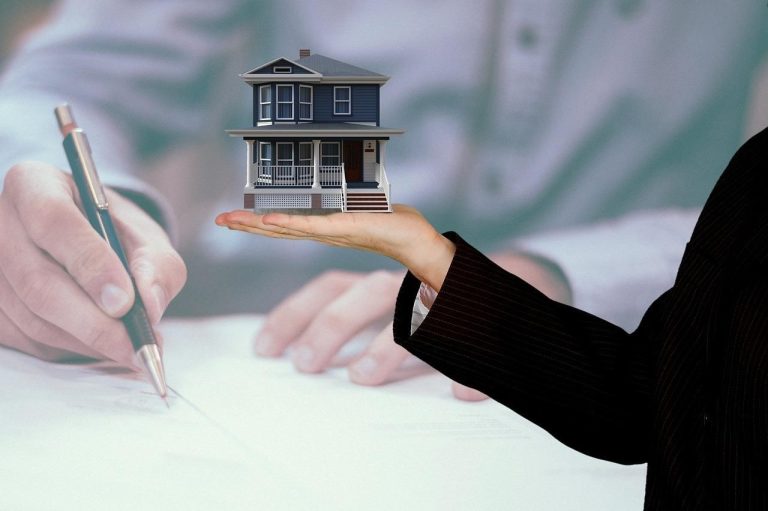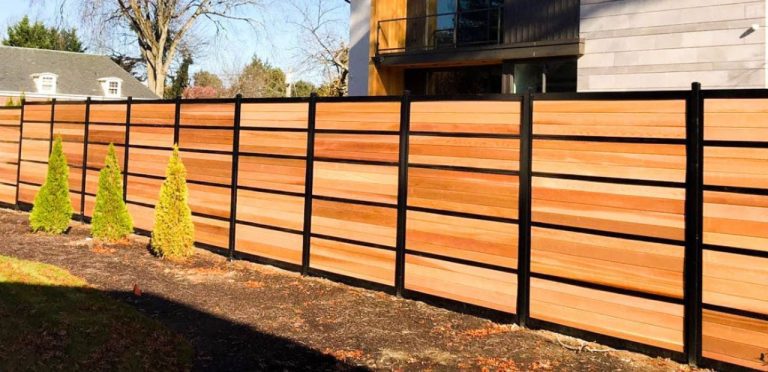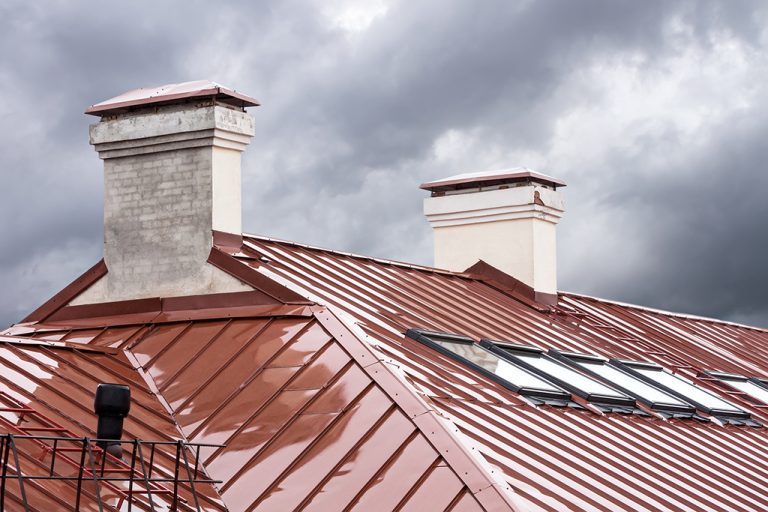When it comes to fencing your property, choosing the right material is a decision that can significantly impact your home’s aesthetics, security, and value. With various options available, from vinyl vs wood fence choices to more modern materials, it can be challenging to determine the best fit for your needs. However, one material has consistently stood the test of time, offering a unique blend of natural beauty, durability, and versatility: cedar. In this article, we delve into the numerous advantages of cedar fencing, explaining why it’s a top choice for homeowners seeking both elegance and longevity for their property boundaries. The Aesthetic Appeal of Cedar Cedar’s inherent beauty is one of its most captivating qualities. Its warm, reddish-brown tones and distinctive grain patterns create a visually appealing and inviting ambiance. Whether you prefer a classic picket fence, a privacy fence, or a rustic split-rail design, cedar’s natural charm enhances any architectural style, adding a touch of elegance to your property. Cedar’s versatility extends beyond its natural beauty. It can be stained or painted to match your existing color scheme, allowing you to create a cohesive and personalized look for your home. For those who prefer a more rustic aesthetic, cedar can be left to weather naturally, developing a silvery-gray patina over time that adds character and charm. Durability and Longevity Cedar is naturally resistant to decay, rot, and insect infestations, thanks to its high concentration of natural oils and tannins. These properties act as a natural preservative, protecting the wood from moisture damage and deterring pests like termites and carpenter ants. This inherent resistance makes cedar an excellent choice for outdoor applications, ensuring your fence remains sturdy and attractive for many years. While the initial cost of cedar fencing might be slightly higher than some alternatives, its longevity makes it a cost-effective investment in the long run. With proper maintenance, a cedar fence can last for decades, outperforming many other materials that may require frequent repairs or replacements. This translates to significant savings over time, making cedar a wise choice for budget-conscious homeowners. Cedar’s natural resilience extends to its ability to withstand harsh weather conditions. It can endure extreme temperatures, heavy rain, and even snow without warping, cracking, or deteriorating. This makes it a reliable choice for fences in various climates, from the humid south to the frigid north. Environmental Considerations For environmentally conscious homeowners, cedar is an attractive option. It’s a sustainable and renewable resource, harvested from responsibly managed forests. Unlike vinyl or other synthetic materials, cedar is biodegradable, reducing its environmental impact at the end of its lifespan. Cedar is a non-toxic material, making it a safe choice for families with children and pets. Unlike pressure-treated wood, which may contain harmful chemicals, cedar is naturally safe and doesn’t pose any health risks. Cedar Fence Installation and Maintenance While some homeowners may consider DIY cedar fence installation, it’s often best to leave this task to professionals. Proper installation is crucial for ensuring the fence’s longevity and structural integrity. An experienced fence company can ensure that your cedar fence is installed correctly, meeting all local building codes and regulations. To maximize the lifespan of your cedar fence, regular maintenance is essential. This includes cleaning the fence to remove dirt and debris, applying a sealant or stain to protect it from the elements, and checking for any signs of damage that may need repair. Choosing the Right Cedar for Your Fence When selecting cedar for your fence, you’ll typically encounter two main options: Western Red Cedar and Northern White Cedar. Both offer excellent durability and natural beauty, but they have subtle differences. Western Red Cedar is known for its rich reddish-brown color and aromatic scent, while Northern White Cedar is lighter in color and has a finer grain. The choice between the two often comes down to personal preference and the desired aesthetic. Cedar is available in various grades and cuts, each with its own characteristics and price point. Clear grades are free of knots and imperfections, offering a more refined look, while knotty grades have a more rustic appearance. Cuts can range from standard pickets to decorative lattice panels. Consulting with a fence company can help you select the right grade and cut to suit your style and budget. Comparing Cedar to Other Fencing Options When deciding on a fence material, homeowners often weigh the pros and cons of cedar versus vinyl. While vinyl offers low maintenance and a wide array of colors and styles, it lacks the natural beauty and warmth of cedar. If you’re looking for that authentic look, Cedar Rustic might be a good place to start your search. Vinyl can also be susceptible to fading, cracking, and warping over time, especially in extreme weather conditions. Cedar, on the other hand, ages gracefully, developing a rich patina that adds to its character. Another common comparison is between cedar and pressure-treated wood. While pressure-treated wood is more affordable, it often contains chemicals that can be harmful to the environment and potentially pose health risks to humans and pets. Cedar, with its natural resistance to decay and insects, offers a safer and more eco-friendly alternative. The Cost of Cedar Fencing The cost of a cedar fence can vary depending on several factors, including the type of cedar used, the fence’s design and height, the complexity of the installation, and the geographic location. While cedar may be slightly more expensive upfront than some other materials, its durability and longevity can result in significant cost savings over time due to reduced maintenance and replacement costs. To get an accurate estimate of the cost of a cedar fence for your property, it’s advisable to obtain quotes from multiple reputable fence companies. This allows you to compare prices, services, and materials to find the best value for your investment. Conclusion The cedar fence advantage is undeniable. Its natural beauty, durability, and environmental friendliness make it a superior choice for discerning homeowners. Whether you seek a classic picket fence, a privacy fence, or







